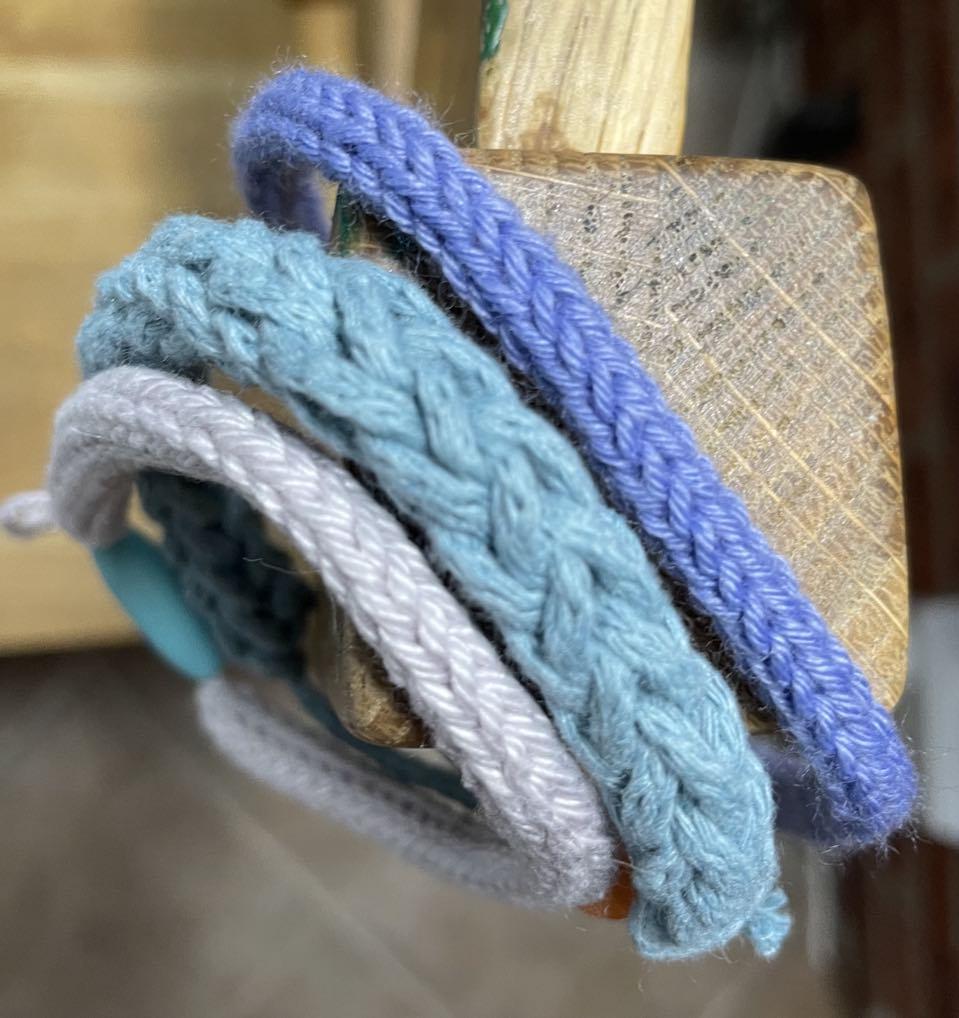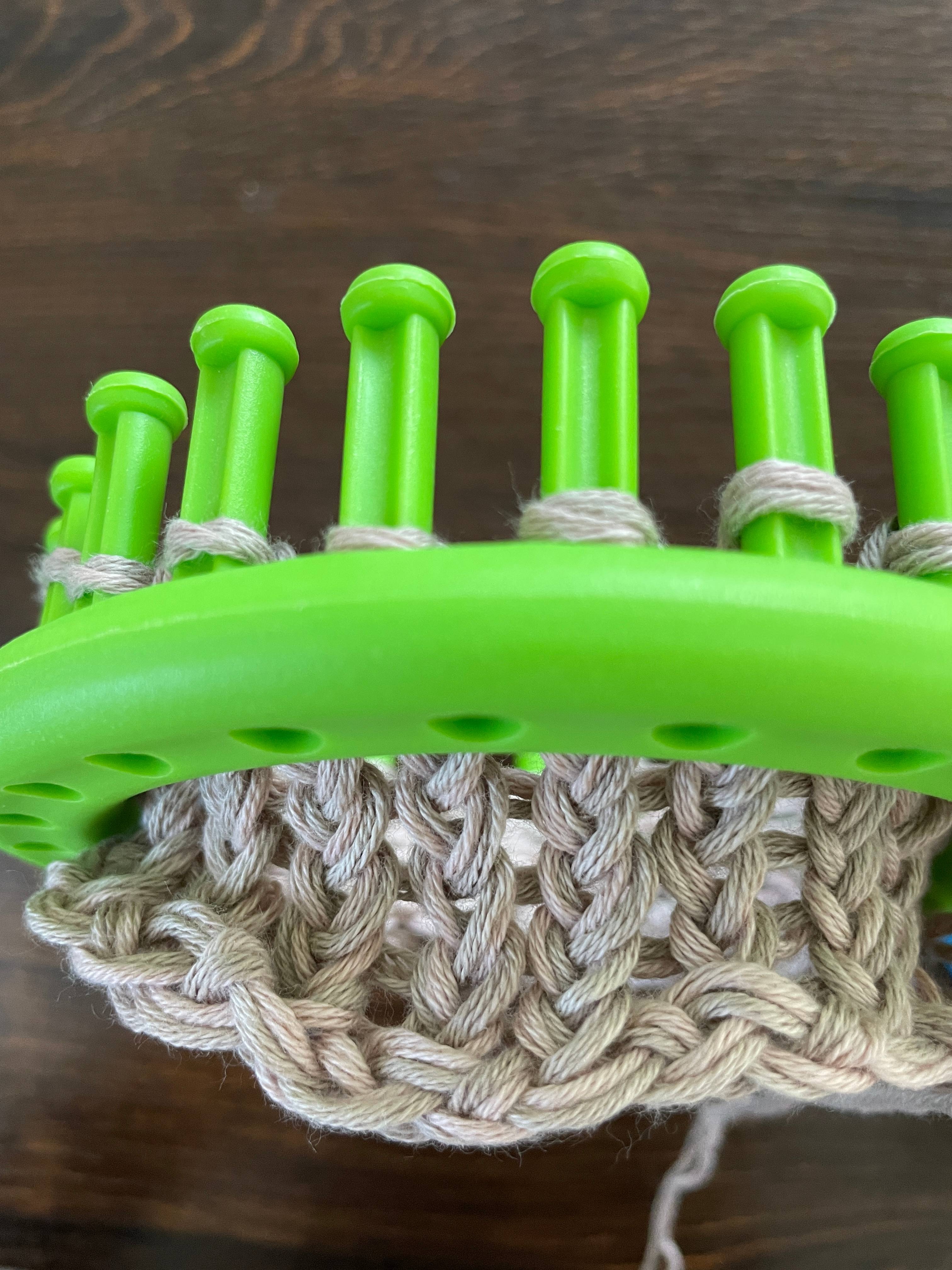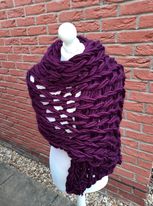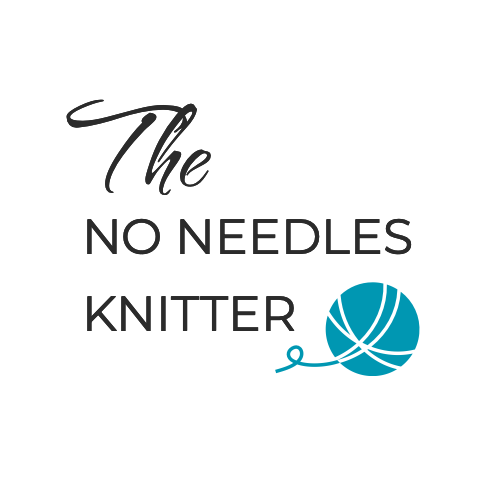Non-Traditional Knitting and Its Benefits for Well Being
In today’s fast-paced world, finding ways to unwind and take care of our well being is more important than ever. While traditional knitting has long been celebrated for its calming effects, non-traditional knitting techniques offer a unique and accessible way to enjoy these benefits. Whether you’re using a knitting Nancy, loom, or even your fingers, these methods can help you tap into the therapeutic power of crafting. Let’s explore how non-traditional knitting can boost your well being and why it could be the perfect hobby for you.
The Therapeutic Power of Knitting
Knitting, in any form, has been shown to have significant mental health benefits. The repetitive motions involved in knitting can induce a meditative state, helping to reduce stress and anxiety. This rhythmic activity allows your mind to focus on the task at hand, which can be particularly soothing when you’re feeling overwhelmed.
However, traditional knitting with needles isn’t for everyone. Some people may find it challenging or frustrating, which can negate its calming effects. This is where non-traditional knitting techniques come in—offering all the benefits of knitting without the same level of difficulty.
What Are Non-Traditional Knitting Techniques?
Non-traditional knitting techniques refer to methods of knitting that don’t involve the use of traditional needles. These techniques often use tools like knitting looms, Knitting Nancies (spool knitters), lucet forks, and even your own fingers. They’re generally easier to learn and can be more forgiving for beginners, making them a great option for those looking to enjoy the mental health benefits of knitting without the steep learning curve.
Examples of Non-Traditional Techniques:
Knitting Nancy (Spool Knitting): A simple tool that creates narrow, tubular knitting, perfect for small projects.
Knitting Looms: These come in various shapes and sizes, allowing for larger pieces without the need for needles.
Finger Knitting: As the name suggests, this technique uses your fingers to knit, making it incredibly accessible and easy to pick up.
Lucet Fork: An ancient tool used to create strong, square-braided cords, ideal for making durable items.

Benefits for Well Being
Stress Relief and Relaxation
Non-traditional knitting techniques, like finger knitting or using a loom, involve repetitive, rhythmic motions that can help to calm the mind. This meditative aspect of knitting can lower cortisol levels, the hormone associated with stress. As you focus on the simple, repetitive movements, your mind can shift away from worries and anxieties, promoting a sense of relaxation and peace.

Accessible and Inclusive
One of the significant advantages of non-traditional knitting is its accessibility. These methods are often easier to learn and less physically demanding than traditional knitting, making them ideal for people with limited dexterity or those who find needlework challenging. This inclusivity ensures that more people can experience the therapeutic benefits of knitting, regardless of their skill level or physical abilities.
Boosts Self-Esteem and Confidence
Completing a knitting project, no matter how small, can provide a sense of accomplishment and boost self-esteem. Non-traditional knitting techniques often allow you to finish projects more quickly, giving you that rewarding sense of achievement sooner. As you see the tangible results of your efforts, it can reinforce feelings of competence and confidence. I remember being so proud when I finished my first arm knitted shawl as it looked so unique and I had made it all on my own!

Enhances Mindfulness As Well As Well Being
Mindfulness, or the practice of staying present in the moment, is a powerful tool for improving mental health. Non-traditional knitting encourages mindfulness by requiring you to focus on the task at hand. Whether you’re looping yarn around a Knitting Nancy or weaving it through a loom, you’re fully engaged in the process. This focus on the present moment can help to reduce ruminative thoughts and enhance your overall sense of well-being.
Encourages Creativity and Self-Expression
Non-traditional knitting offers endless possibilities for creativity. You’re not confined to patterns or conventional methods; instead, you can experiment with different tools, techniques, and yarns. This freedom to create something unique can be incredibly fulfilling and a great outlet for self-expression. Engaging in creative activities is also linked to improved mood and reduced symptoms of depression.
How to Get Started
Getting started with non-traditional knitting is easy and doesn’t require a large investment. You can find simple tools like a Knitting Nancy or a basic loom at most craft stores or online. Finger knitting, of course, requires no tools at all—just your hands and some yarn!

Begin with a small, manageable project, like a bracelet or a scarf. As you become more comfortable with the technique, you can gradually take on more complex projects. The key is to enjoy the process rather than focus solely on the end result.
Conclusion: Crafting for a Happier Mind
Non-traditional knitting is more than just a hobby—it’s a powerful tool for enhancing your well being. By engaging in these accessible and creative techniques, you can reduce stress, boost confidence, and cultivate mindfulness.
Whether you’re new to knitting or looking for a fresh way to enjoy its benefits, non-traditional knitting offers a path to relaxation and well being that’s open to everyone. So why not pick up some yarn and start your journey to a calmer, happier mind today?
Find out more on my You Tube Channel.
